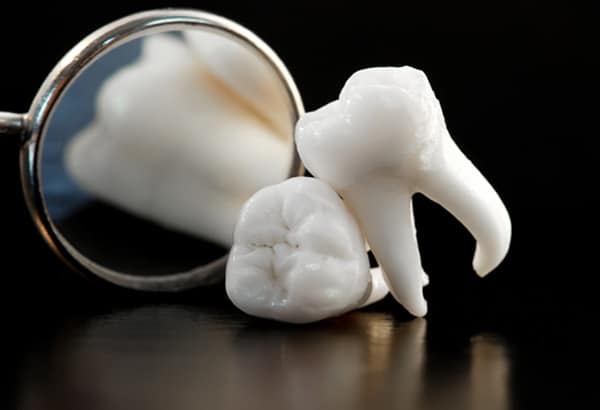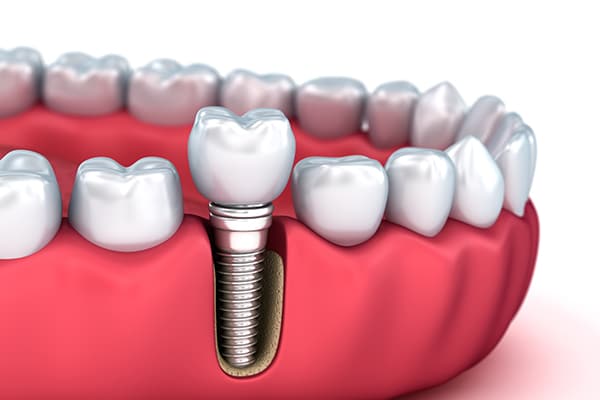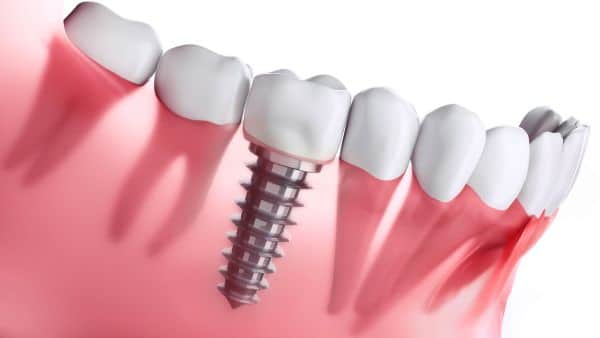Education
- B.S., Washington and Lee University
- D.D.S., University of North Carolina at Chapel Hill
- M.S., Periodontology, University of North Carolina at Chapel Hill
- Certificate in Aging, School of Social Work, University of North Carolina at Chapel Hill
Professional Affiliations and Activities
- American Dental Association
- North Carolina Dental Society
- American Academy of Periodontology
- Southern Academy of Periodontology
- Alamance-Caswell Dental Society, former president
- University of North Carolina at Chapel Hill, School of Dentistry, adjunct faculty
- Alamance Community College, Dental Assisting program, guest lecturer
- Laser Periodontal Therapy certification, Institute for Advanced Laser Dentistry
- Licensed for sedation
Clinical Research
- Byerly, Paul D., Lipopolysaccharide induced inflammation of the calvaria in plasma fibronectin deficient mice: a pilot study. 2005
- Curran, Alice E., DMD, MS and Byerly, Paul D., DDS, MS. Peripheral Desmoplastic Ameloblastoma: Report of a Rare Case. Journal of Oral and Maxillofacial Surgery, 2008; 66:820-825.
Dental Implants
Everyone should have confidence in their smile. Whether the problem might be a missing tooth or teeth, or difficulty chewing due to uncomfortable or unstable dentures, a dental implant could be the solution to having a beautiful, healthy, worry-free smile.
A dental implant is essentially an artificial tooth which is placed into the jaw. They are made of titanium or zirconium and can be used to anchor crowns, bridges, partial or full dentures to your jaw. Dental implants placed for crowns and bridges feel very similar to natural teeth. For partial or full dentures, they can provide improved retention and stability.
Once placed, a dental implant acts very much like a natural tooth, but without any risk of tooth decay. They must be maintained like natural teeth, employing good brushing and flossing habits, in addition to regular professional care.
Non-Metal Implants
Upon request, non-metallic Zirconia implants may be placed. Dr. Byerly will discuss this treatment option with you if you are interested.
Dental Implants
Examination and Treatment Planning
Through x-rays, measurement and evaluation, Dr. Byerly will determine if a dental implant is a good treatment option. If sufficient bone is not present, Dr. Byerly may discuss the need for bone grafting prior to or during the placement of the implant. All exam findings will be presented by Dr. Byerly and a personalized treatment plan will be developed.
Implant Placement and Healing
During this procedure, Dr. Byerly will place the implant into the bone of the jaw. In many cases, the patient is simply anesthetized, similar to having a filling placed. Sedation may be used to help you stay comfortable and relaxed. The procedure is done very precisely with as little disturbance to the surrounding area as possible. It is often much less bothersome than having the tooth extracted! A small metal healing cap is usually placed on the implant and encourages the gum tissue to heal correctly. In some cases, the implant will be submerged under the gums for this healing phase.
A temporary prosthesis may be worn during the healing time so you do not have to go home without teeth!
The gums are usually healed in 7 to 10 days. The healing of the implant within the bone is called osseointegration and generally takes 3 months. Dr. Byerly will determine how long to allow for healing. While the healing cap may show through the gum tissue during this time, a temporary prosthesis will hide this from view.
Teeth in a Day / All-on-Four Treatment
Depending on the specific circumstances, many patients may have an implant or implants placed and leave with a temporary tooth or teeth in place the same day. This often occurs at the same time as extraction, so patients will never have a missing tooth or teeth while healing.
Restoration
After healing is complete, Dr. Byerly will remove the healing cap or uncover the implant. The abutment, or post, is then screwed into the implant and impressions are taken. A temporary tooth or protective cap may be placed over the abutment. The impression will then be sent to your dentist who will work with dental lab to make the final tooth or bridge. Upon its return from the lab, your dentist will cement it to the post and you are through! We do ask that you return after the final restoration is placed so Dr. Byerly may do a final review and set up a maintenance schedule.




